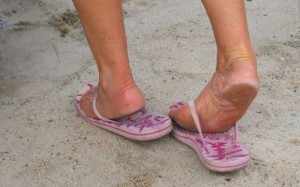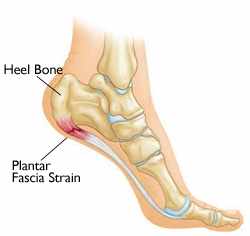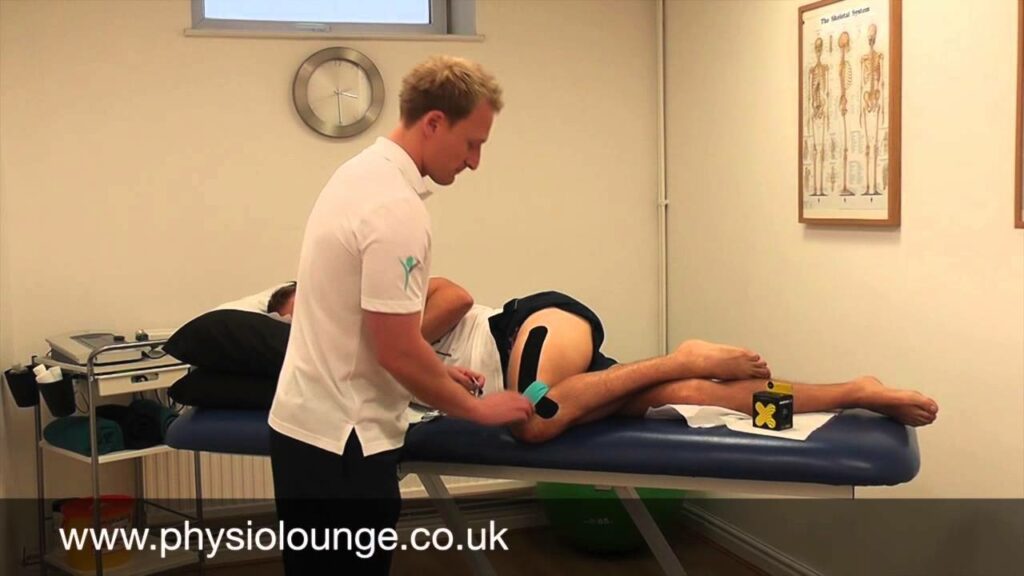It’s that time of year again… intermittent sunshine, overcast, humid weather, and frequent rain showers; sadly these are the oh so familiar features of a typical British summer! With this change of temperature comes a change in what we wear, particularly on our feet. I don’t know who first coined the phrase, but we’d do well to bear in mind ‘a good bed and a good pair of shoes are vital, because you are either in one or the other’.
However, as I cast my watchful eye around the streets of Manchester, I see a lot of this…

I even see, on occasion, some of this…

Now, as awful as socks and sandals are, I remind myself I’m no Tom Ford, and this is not my topic for the day! However, ill fitting, poorly supported footwear is, because I’m a fully paid up member of the Physio Fashion Police! As good as flip flops look on the beach, or about town on a sunny day, their use can lead to numerous foot problems. Most notably we see an increase in Plantar Fasciitis (PF) over the summer months. For those of you fortunate enough not to have experienced this painful and potentially debilitating condition, here’s a bit of info…
Commonly, PF gives rise to pain on the inside portion of the heel.

This is because the posture of the foot is not well supported, causing certain muscles to overwork and therefore the elastic Plantar Fascia takes an excessive strain. Over time, this strain causes damage around the area where the Plantar Fascia inserts onto the heel bone (calcaneus) and causes pain and loss of function. Common symptoms include an increase in pain first thing in the morning when getting out of bed, pain when standing and moving after periods of rest, and pain with poorly supporting footwear like flip flops (too subtle?!) The longer you leave this problem, the more difficult it is to treat. The good news…there’s a lot you can do to help yourself:
- STOP WEARING FLIP FLOPS – I know, not going to happen, but you can’t blame me for trying!
- MOBILISE – the muscle and connective tissue around your calf and underneath your foot commonly gets tight and restricted; freeing up this tissue with exercise can help to alleviate symptoms.
- STRENGTHEN – we tend to find the muscles at the side of your hip, amongst others, can become underactive. These muscles help to control the alignment of your lower limb. Therefore, building up the strength and control here will actually help to support your foot.
- PAY US A VISIT – if you’re still struggling, come on in and let us take a look. We can assess you fully and provide you with a diagnosis and plan to start getting the problem fixed. Plus, we offer a wide range of treatment techniques including manual therapy, soft tissue manipulation, acupuncture, therapeutic ultrasound, strapping techniques, provision of orthotics (insoles) and expert rehabilitation guidance.
This short video will show you how to ‘un-stick’ that restricted tissue, and strengthen up your hip muscles.
So remember… take care of your feet, do your rehab… and never, ever, wear socks with sandals! For more information on how physiotherapy or podiatry can help with plantar fasciitis or for a free telephone consultation, contact us here.



